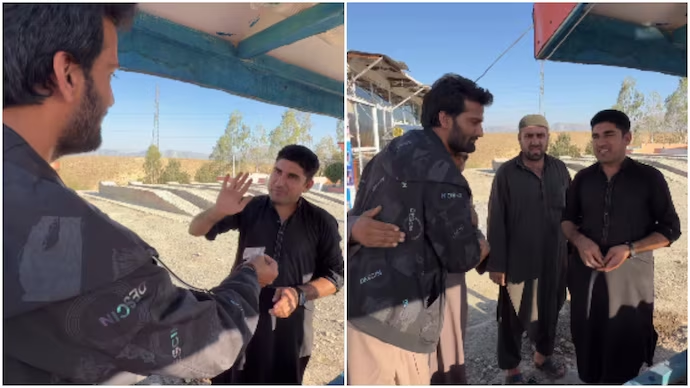December 03, 2025: A proposed new law in Australia aiming to ban social media for children under 16 has sparked a significant debate, with major platforms like YouTube expressing serious
National5- Page
New Delhi, December 3, 2025: The digital landscape of YouTube is continually being reshaped by fresh and innovative content. Creating a successful channel requires a unique niche that effectively captures
New Delhi, December 3, 2025: An unexpected classroom moment involving a student, a sleek iPhone box, and a lunch of parathas has gone massively viral across all social media platforms.
New Delhi, December 03, 2025: A pall of gloom has descended over the Indian Army and the local community following a tragic accident in Rajasthan’s Sriganganagar district, where an Army
New Delhi, December 3, 2025: A video clip capturing Tamil actor and racer Ajith Kumar offering prayers at the sacred Batu Caves Murugan Temple in Malaysia has become a major
New Delhi, December 03, 2025: The Indian cricket team’s arrival at the Mayfair Hotel in Raipur ahead of the second ODI against South Africa has sparked a significant social media
New Delhi, December 3, 2025: A deeply touching video clip capturing a wholesome interaction between an Indian tourist and an Afghan juice vendor has achieved massive viral success, resonating with
New Delhi, December 3, 2025: A truly mesmerizing and slightly terrifying video showing a massive python smoothly ascending a tall, slender tree has achieved massive viral success. The footage, which
New Delhi, December 03, 2025: Vaibhav Chawla, a Delhi-based entrepreneur, has made headlines across the Indian startup ecosystem following his viral LinkedIn post announcing the immediate shutdown of his supply
New Delhi, December 3, 2025: A deeply emotional video showing a son surprising his parents with the gift of their very own apartment has gone massively viral, touching the hearts















